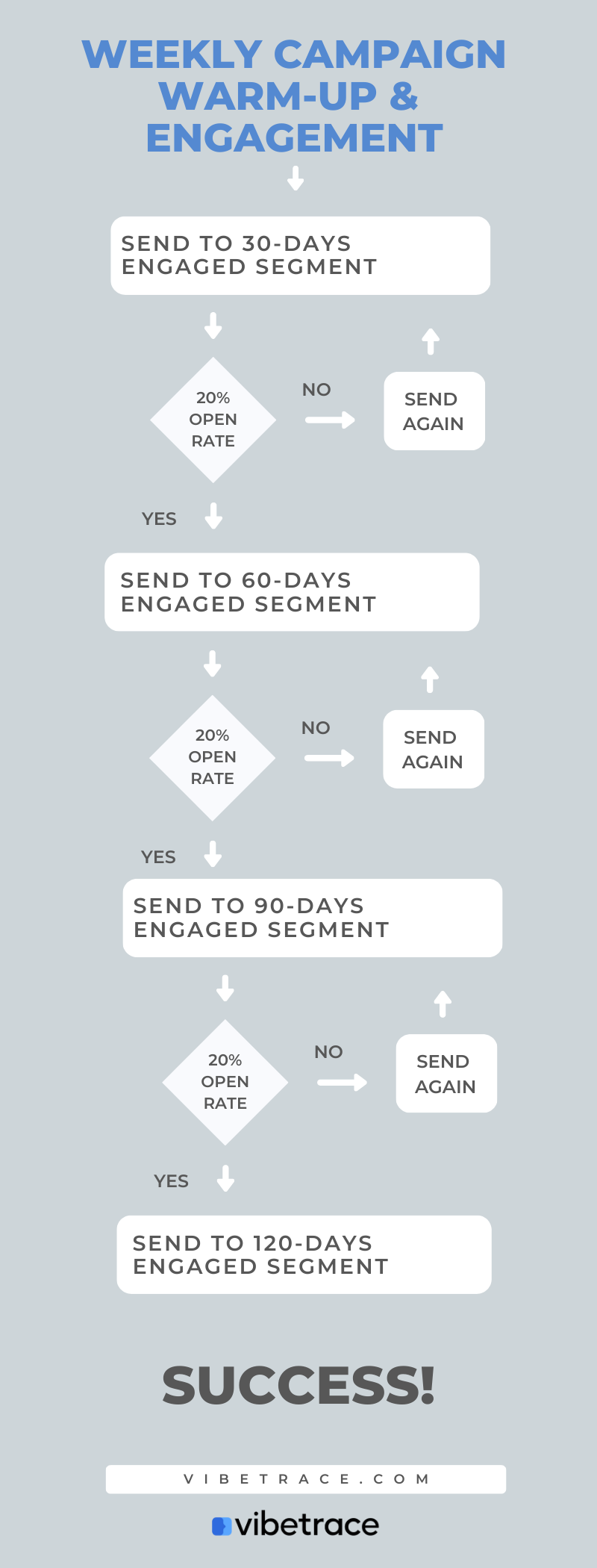You might be wondering what would be a good email deliverability rate for your email campaign. Or you already know but you want to improve it. Let’s go through our article and see what we can do for you.
We have delivered more than 3 billion emails, through multiple email providers. So we do have some experience knowing what works and what doesn’t
What is email deliverability?
But first, let’s go through all information needed for deliverability rate.
What is email deliverability?
Email deliverability refers to the ability of an email to reach the intended recipient’s inbox. It is measured by the percentage of emails sent that are actually delivered to the recipient’s inbox, rather than being blocked or sent to the spam folder.
Introduction about Email Deliverability
In the introduction, explain what email deliverability is and why it is important for businesses. Provide an overview of the main topics that will be covered in the article.
What factors affect email deliverability?
Here we discuss the various factors that can affect email deliverability such as email content, email list quality, email sending frequency and more.
- The reputation of the sender’s IP address and domain name: Internet Service Providers (ISPs) use algorithms to judge the reputation of the IP address and the domain of the sender, and this affects whether the message is marked as spam or not.
- Email content: The content of the email affects its deliverability, as some content may be seen as malicious by ISPs.
- List hygiene: ISPs consider the quality of an email list when deciding whether to deliver a message. Having an up-to-date list with valid email addresses and no spam traps will help improve email deliverability.
- Authentication methods: Authentication methods like SPF, DKIM, and DMARC help ISPs recognize the authenticity of a sender and make sure the message is not coming from a malicious source.
- Email formatting: Emails should be formatted correctly to ensure they are readable and attractive to recipients. Badly formatted emails are often viewed as spam and can be blocked.
How to improve email deliverability
Here we provide practical tips and best practices for businesses to improve their email deliverability. We include tips on list building, email content, and technical best practices.
Here are top 5 ways to improve email deliverability:
- Use authentication: Use authentication methods like SPF, DKIM, and DMARC to verify that the emails are coming from the correct sender.
- Monitor sender reputation: Monitor the reputation of the sender’s IP address and domain name to ensure it is not being flagged as spam.
- Clean up the email list: Make sure the email list is up-to-date and remove any invalid addresses or spam traps.
- Use a professional email service provider: Professional email service providers will often have better deliverability rates than sending messages from a personal email account.
- Monitor email analytics: Monitor the analytics of the emails sent to check the open rate, click rate, bounce rate, and other metrics to identify any issues or areas that can be improved.
- Avoid sending BAD practices
- Sending emails without testing before (after proofreading);
- Use misleading subject lines or from names;
- Hide the unsubscribe link (this should be very visible, because users will hit Spam button if they can’t unsubscribe)
- Buy email lists from third-party providers; This is really important
Common email deliverability mistakes
Let’s discuss the most common mistakes businesses make that can negatively impact their email deliverability. Do you want to learn how to avoid these mistakes?
- Sending emails to outdated lists: Sending emails to lists with invalid email addresses or spam traps can harm the sender’s reputation with ISPs.
- Not using authentication methods: Not using authentication methods like SPF, DKIM, and DMARC can cause emails to be flagged as spam.
- Poorly formatted emails: Poorly formatted emails with bad HTML or coding can cause the emails to be blocked by ISPs.
- Lack of segmentation: Sending the same message to every recipient in a list can be seen as spammy. Segmenting the list and customizing the message to each recipient can help improve deliverability.
- Not monitoring analytics: Not monitoring the analytics of emails sent can make it difficult to identify areas where deliverability can be improved.
Email deliverability tools and services
This section can provide an overview of the different tools and services available to help businesses improve their email deliverability.
There are a couple of tools you can use to improve email deliverability.
- email test tools. For example: https://www.mail-tester.com/
- blacklist monitoring
- email content spam check and keywords you need to avoid.
Conclusion
Email deliverability is not an easy thing. You need to be technical enough to understand the details behind authentication and content marketing for emails you deliver.
Email Deliverability Metrics & Benchmarks
Here’s what we @Vibetrace consider regarding email deliverability.
Our Campaign Warming Strategy is a great template for getting started sending with Vibetrace.
Focus on sending to your 30 Day Engaged Segment first and make sure your Deliverability metrics are where they should be. Check this table below.
| Unique Open Rate | Unique Click Rate | Bounce Rate | Unsubscribe Rate | Spam Rate | |
| Great | 20% or more | 2.5% or more | Less than 0.3% | Less than 0.2% | Less than 0.03% |
| Proficient | 10-20% | 1.5-2.5% | 0.3-0.6% | 0.2-0.3% | 0.03-0.06% |
| Room for Improvement | 5-10% | 1-1.5% | 0.6-1% | 0.3-0.8% | 0.06-0.10% |
| Critical | Less than 5% | Less than 1% | 1% or more | 0.8% or more | 0.10% or more |
We’re usually looking at these numbers when we discuss email deliverability, at each account level.
Email Marketing Warming-up Process
What is email sending warming-up process?
Email sending warming-up is the process of gradually increasing the volume of emails you send over a period of time.
This process helps to ensure that your email campaigns are delivered successfully and that your emails are not blocked by ISPs.
It also allows you to build your reputation as a sender, which helps to improve your deliverability rate.
Warming-up includes sending smaller volumes of emails over a period of time, sending more targeted emails to a specific segment of your list, and engaging with your list more often.
Do you like this article?
Join Mary and the Marketing Automation dedicated newsletter!

Stay connected to what’s really important to optimize your digital revenues.
By clicking the button, you accept our Terms & Conditions. Also you will need to confirm your email address.
How to warm-up your email account with any email service provider?
There are just a few steps easy to understand in order to warm-up and increase engagement with your email provider.
First Step: send to your recent 30 days engaged segment
Do this every week until you get an open rate over 20%
Second step: send to your recent 60 days engaged segment
Do this every week until you get an open rate over 20%
Third step: send to your recent 120 days engaged sement
Do this every week until you get an open rate over 20%
If you are over 20% open rate with your 120days engaged segment you just finished your warm-up engagement strategy.


